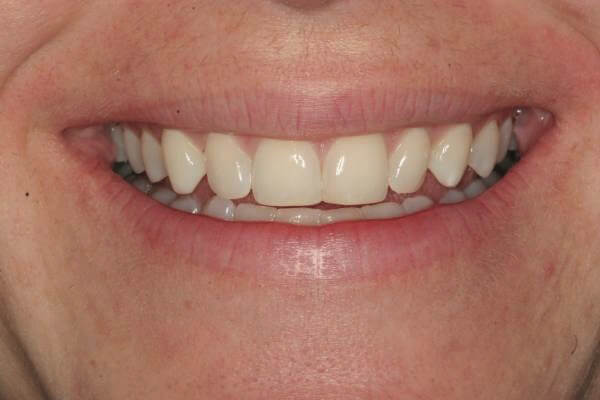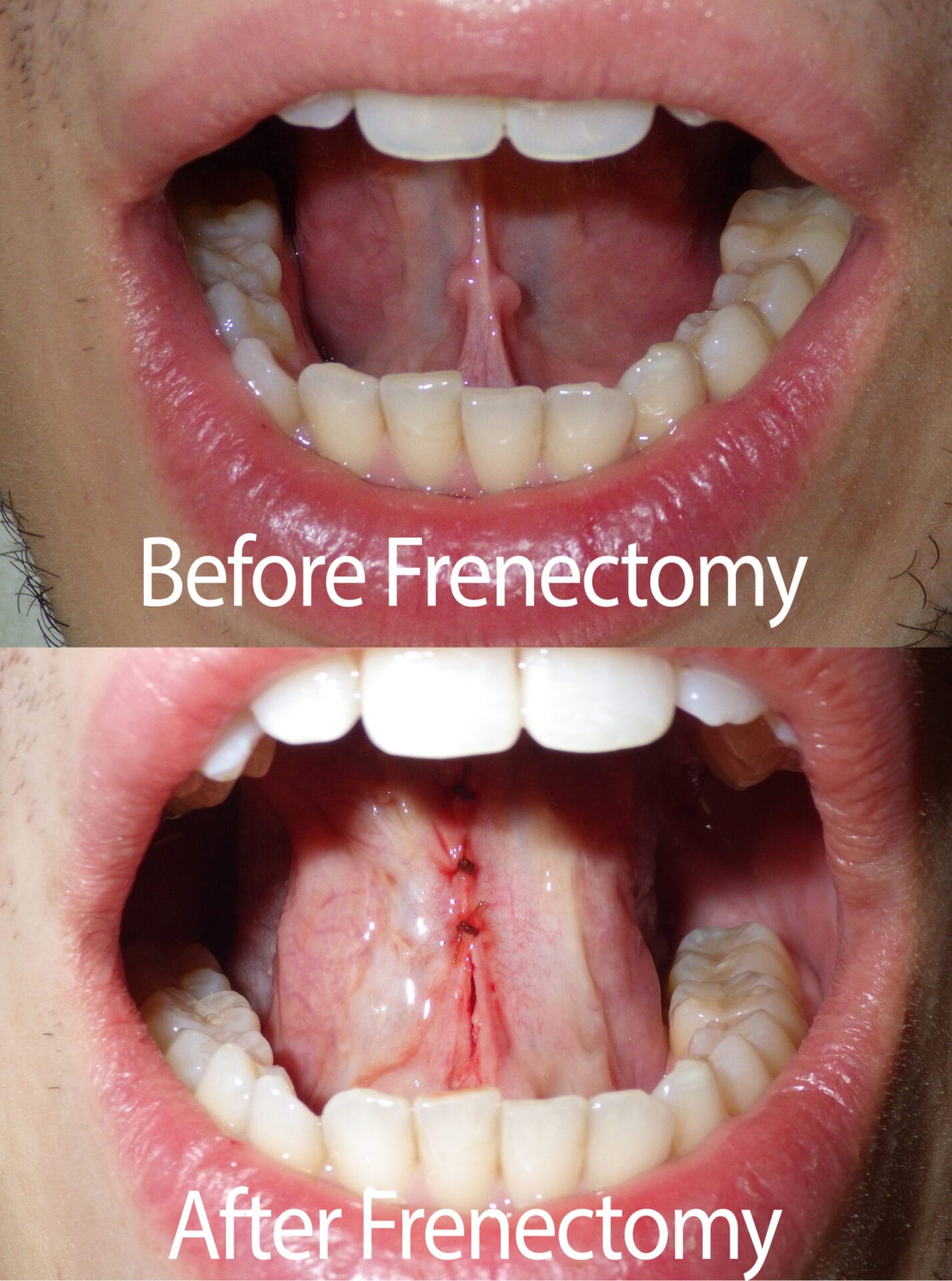Most Recent

How and why we evaluate the “E Position”
Evaluating the E position is part of our 2D checklist when we’re going through to really determine where the length of the incisor ledge is.

Optimal Airway Allows Us to Thrive
Check out our latest whitepaper by Associate Faculty, Dr. Joseph Gaudio, Optimal Airway Allows Us to Thrive.

Top books for The Complete Dentist
While furthering our education is normally best suited for the classroom, books will always be an essential piece of continuous learning. Whether we are learning about the timeless pillars of […]

TDA and Sculpture Studios expand access to digital dentistry
Partnership helps more dentists learn how to use digital dentistry for predictable, long-lasting results The Dawson Academy is partnering with Sculpture Studios, a dental laboratory and center for education, research […]

What can it mean when anterior wear is greater than posterior?
Have you ever had a patient in your chair, you’re doing a complete exam, you’re evaluating the wear, and you notice that the wear on their anterior teeth is more […]

Photography: Different Flash Options
One of the most valuable tools that I have in my office that I absolutely could not work with if I were to have a problem with that piece of […]

Why is my lab not giving me what I am asking for?
Hi. My name is Dr. Leonard Hess. I’m a senior faculty member at The Dawson Academy, and I’d like to spend a few minutes with you today discussing some of […]

Why dentists misunderstand centric relation
The misconceptions about verifying and and using centric relation (CR) are unfortunately all too common for new and even experienced dentists. The myths that are often associated with CR, ultimately […]

Hygiene: A Day in the Life of Dr. Dawson’s Hygienist
Nearly 40 years ago, I started my career as a dental hygienist for Drs. Pete Dawson and Pete Roach. Now, I currently practice in the office of Dr. Kim Daxon, […]

Classifying Dental Occlusion: Dawson’s Classifications of Occlusion
How to classify a dental occlusion. For the vast majority of dentists and orthodontists, dental occlusion has been classified using the molar relationship as well as the canine relationship. However, […]
[categoryposts]






